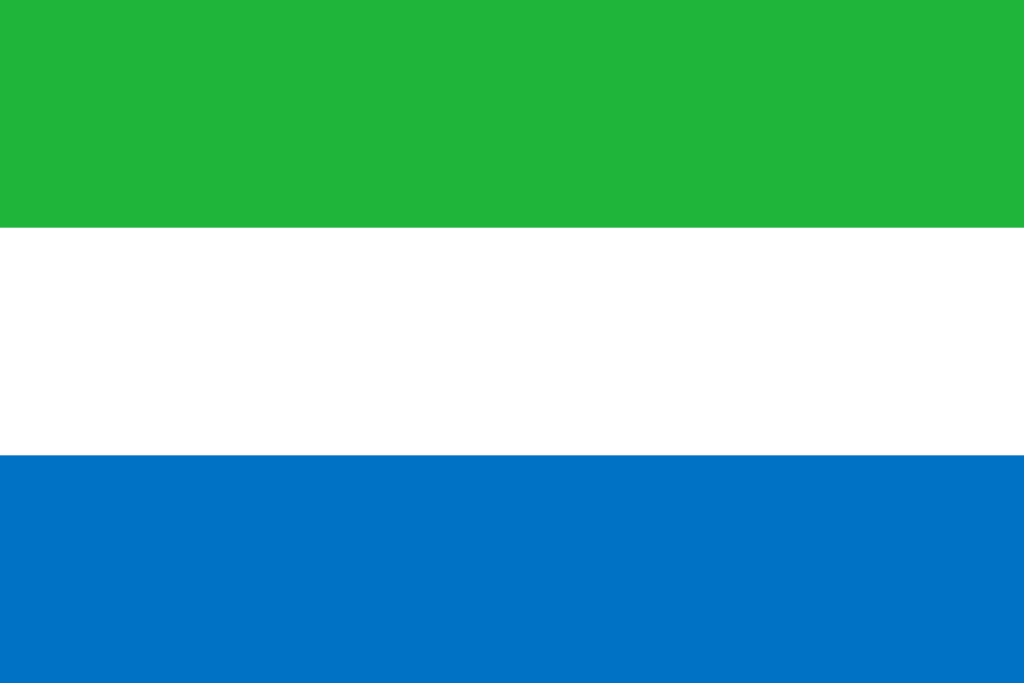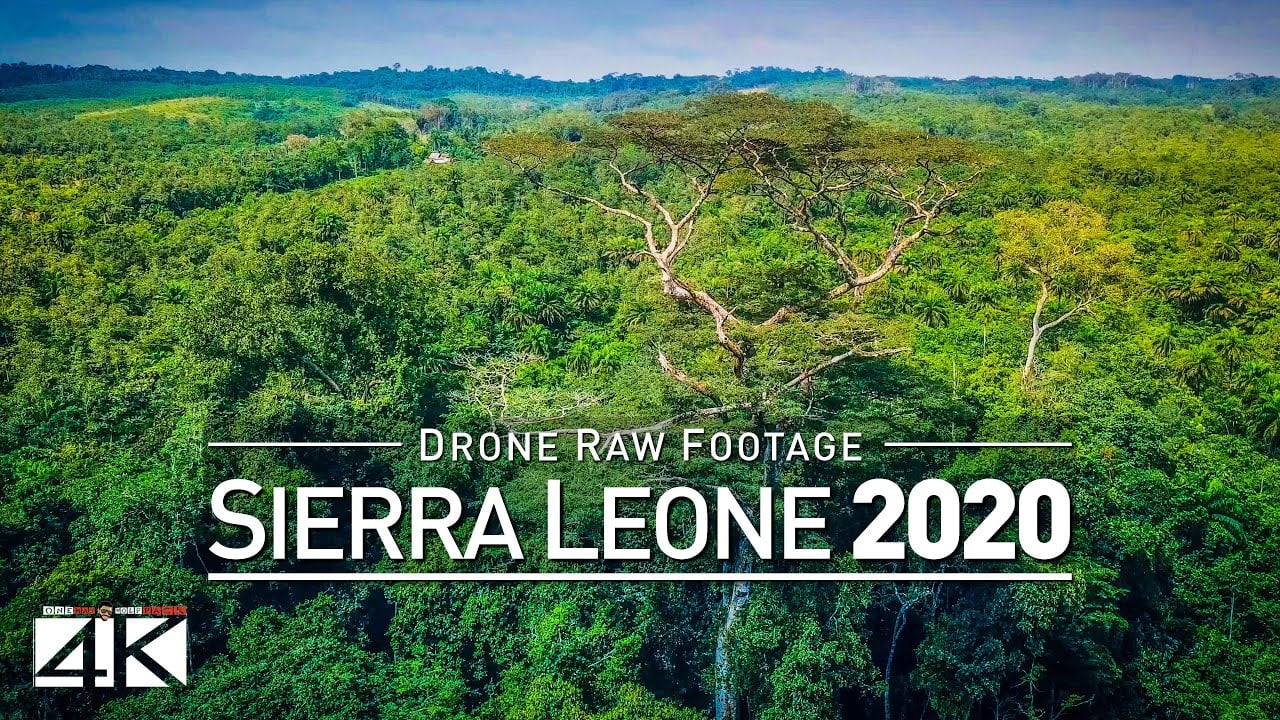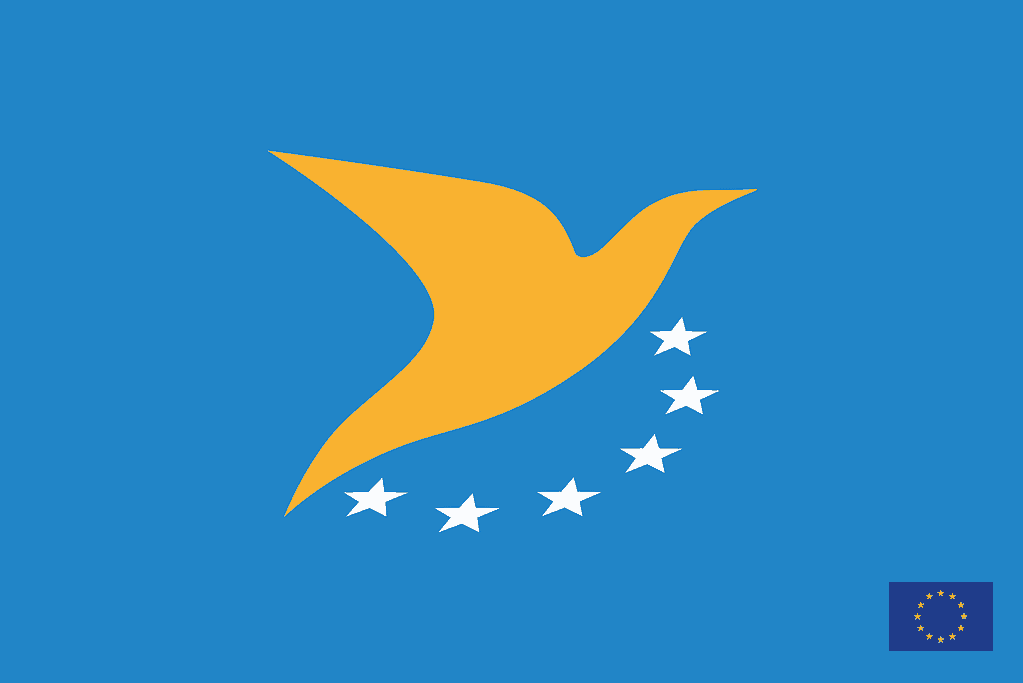Drone Laws in Sierra Leone
Hobbyist Drone Laws For Residents of Sierra Leone
Drone Operations in Sierra Leone are currently regulated.
- Hobbyist drone flights are allowed in Sierra Leone
- Hobbyist Sierra Leone drone pilot license is not required
- Hobbyist Drone registration/authorization is required in Sierra Leone for hobbyists
- Drone Remote ID is not required in Sierra Leone for hobbyists
- Drone Insurance is not required but recommended for hobbyists’ drone operations in Sierra Leone
Read below for more details on Hobbyist Drone Laws in Sierra Leone and to find links to regulators and other credible sources!
Agencies Responsible for regulating drones in the Republic of Sierra Leone
Drone Regulator in Sierra Leone: Sierra Leone Civil Aviation Authority (SLCAA)
Link to Drone Laws in Sierra Leone: Sierra Leone Civil Aviation Regulations Part 6D – Unmanned Aircraft System (UAS)
UAS Laws – General rules for flying drones in Sierra Leone
The Sierra Leone agency responsible for drone safety, SLCAA, has provided several internet-accessible details on flying for fun or work. The highlights are enumerated below. For more details, go to the link above.
Are drones allowed in Sierra Leone?
Here are the most important rules to know for flying a drone in Sierra Leone:
Unmanned Aircraft Registration and Certificate of Registration
Every person lawfully entitled to the possession of a UA who will operate a UA in Sierra Leone shall register that UA and hold a valid certificate of registration for that aircraft from:
- the Authority in compliance with SLCA Part 7 (Aircraft Registration and Marking);
- the appropriate aeronautical authority of a contracting State of ICAO; or
- The appropriate aeronautical authority of another State that is a party to an agreement with the government of Sierra Leone provides for the acceptance of each other’s registrations.
Standard Unmanned Aircraft Operating Conditions
A UA is operated in standard unmanned aircraft operating conditions if, during the operation:
- the UA is operated within the visual line-of-sight of the person operating the UA; and
- the UA is operated at or below 120 m (400 ft) above ground level (AGL) by day; and
- the UA is not operated within 30 m of a person, measured horizontally, who is not directly associated with the operation of the UA; and
The UA is not operated:
- in a prohibited area; or
- in a restricted area; or
- over a populated area; or
- within 4 km of the movement area of a controlled aerodrome; and
The UA is not operated over an area where a fire, police, or other public safety or emergency operation is being conducted without the approval of a person in charge of the operation; and
The person operating the UA operates only that UA.
You must apply to the Authority for the approval of an area as an area for the operation of your UA.
You must not operate a UA within segregated airspace unless you have approval from the administering authority responsible for the segregated airspace area.
You shall not operate a UA in controlled airspace without authorization from the ATC unit responsible for that airspace.
You must ensure that before each flight, the drone operator is aware of the airspace designation and any applicable airspace restrictions in the intended operation area.
The person operating a UA shall take all practicable steps to minimize hazards to persons, property, and other aircraft.
The UAV operator shall not allow any object to be dropped in flight if such action creates a hazard to other persons or property.
The UA operator shall, unless operating in segregated airspace, not operate:
- in airspace within 30 m, measured horizontally, of a person who has not given consent for the UA to operate over them;
- above property, unless prior consent has been obtained from any persons occupying that property or the property owner;
- maintain observation of the surrounding airspace in which the aircraft is operating for other aircraft; and
- not operate the UA at any height above 120 m (400 ft) AGL except when authorized (notify air navigation and receive NOTAM)
The UAV must be operated within a visual line of sight or using direct communications with a UA observer that maintains VLOS.
Do not operate in clouds. At night or in conditions other than visual meteorological conditions (VMC).
Remain clear of and give the right of way to all crewed aircraft.
Do not operate over people unless they are part of the operations.
Do not operate from a moving vehicle.
Do not fly closer than 30m horizontally from people not part of the operations unless you have their permission.
UA must not exceed 25kg gross mass.
Do not operate a drone while under the influence of alcohol or drugs.
No pilot certification is required for operations unless flights are conducted on or within 4 km of an aerodrome. Flights within 4 km of an aerodrome require knowledge of the use of aeronautical charts and airspace.
Non-Standard Unmanned Aircraft Operating Conditions
You will need authorization if your operations do not meet the standard conditions above.
You will require a remote pilot license.
You must apply with SLCAA and pay a fee to receive UAS authorization and UAS Operator Certificate.
Application for UAS Authorization or Operator Certificate
An application shall include:
- the name and address for service in Sierra Leone of the applicant;
- the details of the operation for the UAS authorization or UOC;
- the application; and
- any other information relating to the application may be required by the Authority.
The application shall address the following matters, having regard to the nature, degree, and risk of the intended operation:
- The identification of a person who will have primary responsibility for the operation;
- the identification of any person who is to have or is likely to have control over the exercise of the privileges under the certificate;
- details of the physical locations to be used in the operation;
- an operational risk assessment that identifies the known and likely hazards to people, property, and other aircraft of the proposed operation;
- includes a description of the measures that will be implemented to mitigate or manage the risk;
- procedures for reporting information to the Authority, including incidents and accidents;
- operating requirements for personnel licensing, qualifications, training, and competency, including remote pilot and remote flight crew qualifications, training, or medical requirements;
- details of the number and specifications of the aircraft to be used, including any identification system used on the aircraft (for example, color schemes, unique identification numbers, and markings);
- details of the control system to be used to pilot the aircraft;
- procedures for the maintenance of aircraft and measures to ensure continued airworthiness;
- inflight procedures, including minimum distances from persons or property;
- procedures for handling cargo, including dangerous goods, or dropping items, if such operations are intended;
- the manufacturer’s Declaration of Compliance or approval from an AAO;
- procedures for controlling, amending, and distributing the application; and
- any other approvals that are required to conduct the proposed operation.
Notes for recreational drone pilots flying for fun in Sierra Leone
Follow the general rules listed above, but check for updates by visiting the regulator’s links provided.
Drone Regulations For Visitors To Sierra Leone
Drone Operations in Sierra Leone are currently regulated.
- Foreign visitor drone flights are allowed in Sierra Leone
- Foreign visitor drone pilot license is not required
- Drone registration/authorization is required in Sierra Leone for visitors/tourists
- Drone Remote ID is not required in Sierra Leone for tourists
- Drone Insurance is not required but recommended for tourist drone operations in Sierra Leone
Read below for more details on Drone Laws in Sierra Leone for Visitors (Tourists) and to find links to regulators and other credible sources!
Note for Foreign Operators
If you’re traveling to Sierra Leone and want to bring your drone, SLCAA lists these special considerations for foreigners who wish to fly drones:
- You must obtain an import license from SLCAA before entering the country with your drone.
- You must obtain a letter of Approval from SLCAA to fly a drone for any purpose in Sierra Leone.
Commercial Drone Laws For Residents of Sierra Leone
Drone Operations in Sierra Leone are currently regulated.
- Commercial drone flights are allowed in Sierra Leone
- Commercial Sierra Leone drone pilot license is not required
- Commercial Drone registration/authorization is required in Sierra Leone for commercial drone operators
- Drone Remote ID is not required in Sierra Leone for Commercial Drone Operators
- Drone Insurance is not required for commercial drone operations in Sierra Leone
Read below for more details on Commercial Drone Laws in Sierra Leone and to find links to regulators and other credible sources!
Notes for operating Commercial Drone Services in Sierra Leone
See the general rules above
Drone Rules For Government Drone Operators in Sierra Leone
Drone Operations in Sierra Leone are currently regulated.
- Government drone flights are allowed in Sierra Leone
- Government drone pilot license is required
- Drone registration is required in Sierra Leone for Government operations
- Drone Remote ID is not required in Sierra Leone for Government operations
- Drone Insurance is not required for Government drone operations in Sierra Leone
Read below for more details on Drone Laws Sierra Leone for Government Drone Operations and to find links to regulators and other credible sources!
Useful published information on flying drones in Sierra Leone
Here is a sample of what you might expect if you follow the drone laws and fly in Sierra Leone…
Authoritative Sources of Information on Sierra Leone Drone Laws
We will attempt to keep an updated list of online authoritative links to regulators and other official websites here:
- Drone Regulator Website: Sierra Leone Civil Aviation Authority (SLCAA)
- Link To SUAS Laws: Sierra Leone Civil Aviation Regulations Part 6D – Unmanned Aircraft System (UAS)
- No Fly Zone Maps/Locations: N/A
- UAV Registration Site: N/A
- Drone Operator Licensing Site: N/A
- Others: N/A
NOTE: This page is about the Regulation of Unmanned Aerial Vehicles: Small Unmanned Aerial Systems (SUAS), Small UAS, Remote Piloted Aerial Systems (RPAS), unmanned aerial vehicle (UAV), Unmanned Aerial System (UAS), and drone are interchangeable terms unless specified. Model Aircraft, toy, remote-controlled, and RC aircraft may be covered by the same regulations unless specified.
Find out why
We think you must use a Drone Preflight Checklist
And a Drone Post-flight checklist
Free Drone Flight Checklist PDF
This Drone Flight Checklist is better than others.
It’s free!
It includes both the preflight checklist and post-flight checklist
It’s an easy-to-use printable PDF that covers all your bases.
Traveling with a Drone?
Click here to read our Comprehensive Guide For Traveling With A Drone.
LET US CONNECT YOU
Calling All Drone Service Companies, Trainers, Tour Guides with Drone Experience
Contact Us with your website, email address and phone number using our Contact Page
We want to share your information with visitors who look for credible providers that follow the rules.
NOW IT’S YOUR TURN





Leave a Comment